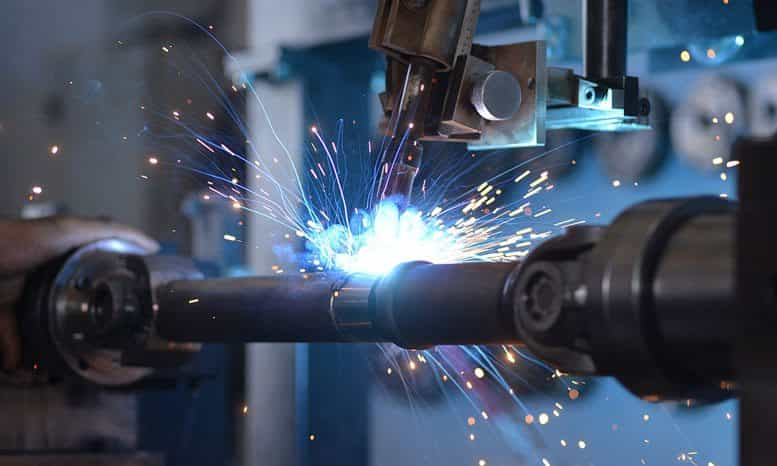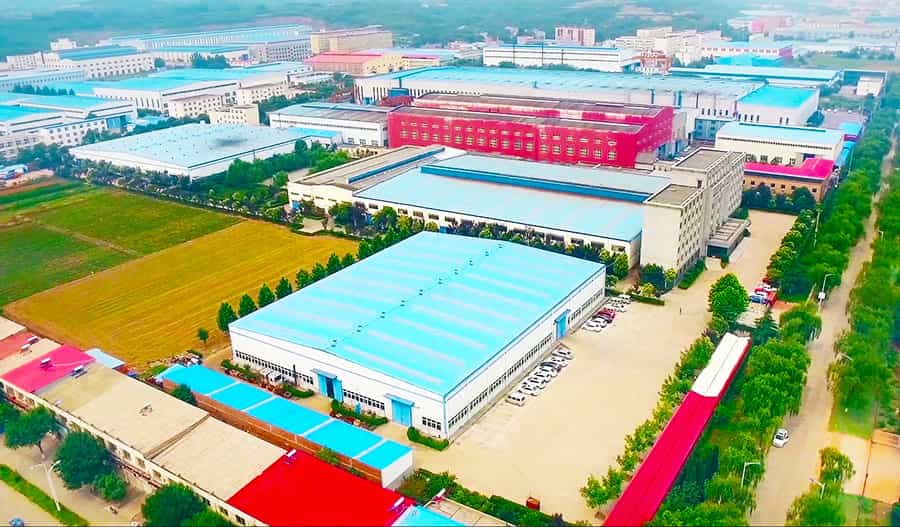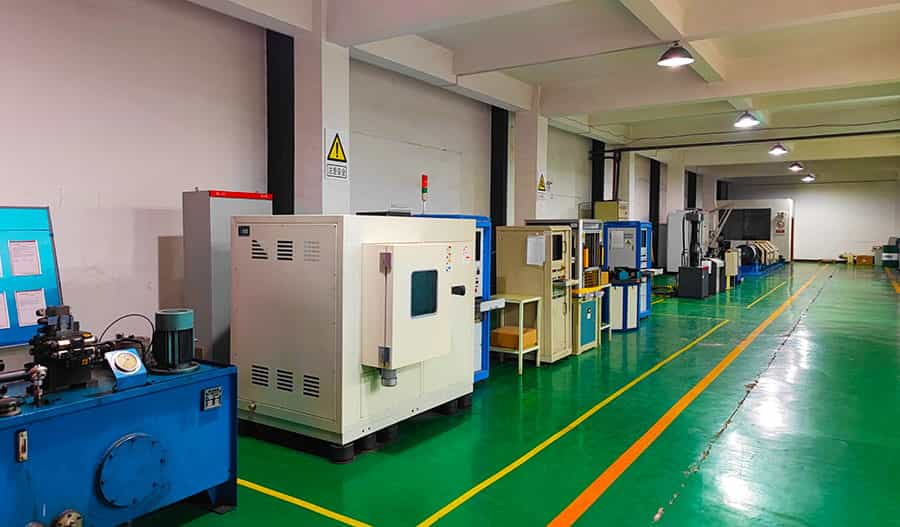WEBINAR
Clutch Disc
Learn More
The material and manufacturing process of the drive shaft will vary according to the specific application and needs. Here are some common drive shaft materials and manufacturing processes:
Material
Steel: Steel is one of the most common drive shaft materials for its strength, rigidity and durability. Commonly used steel materials include carbon steel, alloy steel and stainless steel. Steel meets the needs of most drive shaft applications.
Aluminum Alloy: Aluminum alloy has low density and good corrosion resistance, and is often used in drive shafts of some light vehicles and mechanical equipment. Aluminum drive shafts are usually cast or forged.
Carbon fiber composite material: Carbon fiber composites have excellent strength and lightweight properties and are widely used in drive shafts of high-performance and racing vehicles. Carbon fiber driveshafts are typically manufactured using a composite lamination and bonding process.
Manufacturing Process
Casting: Casting is a common process for manufacturing drive shafts, especially for high-volume production and complex-shaped shafts. With casting, molten metal or alloy is poured into a pre-fabricated mold to form the initial shape of the shaft, which is then subjected to subsequent machining and surface treatment.
Forging: Forging is a process that uses heat and pressure to change the shape of metal. For drive shafts with high strength requirements, forging is a common manufacturing process. Forging increases the strength and durability of the shaft and removes imperfections within the material.
Machining: Drive shafts often require precision machining to achieve shaft geometry and dimensional accuracy. Machining processes include turning, milling, drilling, grinding, etc., which are used to process the outer diameter of the shaft, the diameter of the hole, and the connection features of the shaft end.
Welding And Bonding: For some drive shafts with special requirements, welding and bonding processes can be used to join different parts or materials together. Welding uses molten metal to fill or create welded joints on the surface of materials, while bonding uses adhesives to bond parts together.
Surface Treatment: The surface treatment of the drive shaft can improve its corrosion resistance, hardness and surface finish. Common surface treatment methods include chrome plating, heat treatment, nitriding treatment, anodizing, etc.
It is necessary to select the appropriate material and manufacturing process according to the requirements of the specific application, and ensure that the drive shaft meets the relevant standards and specifications in terms of safety, reliability and durability.
WEEYH is jointly formed by China's top agricultural machinery parts factories, focusing on the R&D and production of agricultural machinery parts. About 200,000 sets of agricultural machinery related parts are produced by WEEYH'S factories and sent to the world every year.

We have a top testing laboratory, from material analysis to finished product inspection, each link has a corresponding testing process. More than 30 kinds of testing equipment have built the guarantee of WEEYH safety.
